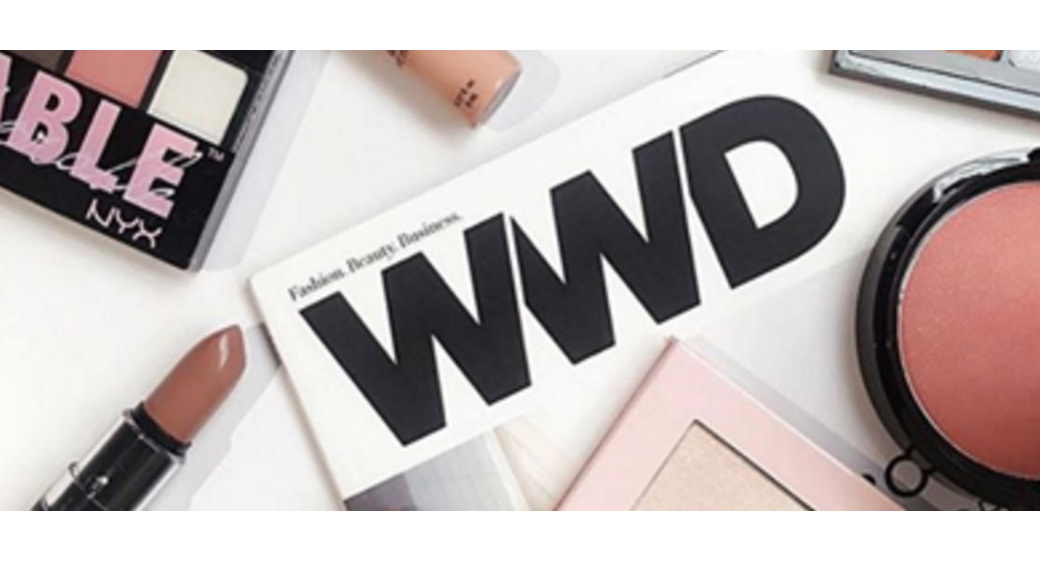Beauty Inc, the business letter of WWD, a.k.a the “bible of fashion”, has ranked the world’s most powerful beauty brands for 2020 and the major multinationals remain dominant.
. CeraVe – Dermocosmetics have grabbed even more of the spotlight as consumers tightened their belts worldwide. This powerhouse brand was acquired by L’Oréal in 2017 as part of a US$1.3 billion deal and has become a bullet performer in the multinational’s Active Cosmetics division. Sales of facial cleansers have been very strong year-to-date
. Dove – Unilever’s magic brand saw sales rise in the mid-single digits in the first half of the year and has remained resilient during international lockdowns.
. e.l.f. Cosmetics – The US budget brand delivered patchy results in recent years. But a recent campaign on TikTok which scored 4.4 billion views has led to double-digit growth, especially among Gen Zers. The brand recently announced a partnership with superstar Alicia Keys.
. Estee Lauder – The poster child for the strength of iconic products, the prestige beauty brand stayed buoyant through its ongoing digital strategy and hero SKUs such as Advanced Night Repair.
. Kiehl’s – L’Oréal’s fast-growing US apothecary brand reformulated key products with clean beauty principles and introduced online consultations to alleviate the impact of COVID-19 store closures in major markets.
. Lancôme – The stalwart of L’Oréal’s Luxe Division quickly re-bounded in China and opened a new flagship store in Paris late last year. A leader in upgrading technology to offer consumers a truly customised approach.
. L’Oréal Paris – The world’s number one beauty brand has introduced blockbuster skincare products this year such as Revitalift Derm Intensives 1.5% Pure Hyaluronic Acid Serum and sales have soared.
. M.A.C – The Lauder-owned professional brand is the top makeup brand in the US, reports The NPD Group. With its longtime tagline – All Ages, All Races, All Sexes – M.A.C remains as relevant to diversity in beauty as it was 30 years ago.
. Nest Fragrances – Eurozeo Brands, the global investment company with US$800 million in assets, bought a majority stake in Nest Fragrances in 2017. Since then the US-based brand has extended into personal care and home care while retaining its focus on its core candle business.
.OGX – Acquired by Johnson & Johnson for US$3.3 billion in 2016, OGX is ranked number one in the US shampoo and conditioner category.
. Olay – P&G’s “cash cow” is a longtime leader in premium mass skincare. Major hits like the Regenerist Whips franchise have secured Olay’s continued pre-eminence.
. Sally Hansen – Nails have bucked the global slide in colour cosmetics sales. Coty’s heritage star in the sector experienced a 25 per cent hike in global sales in the year to June.
. SheaMoisture – One of the few major beauty companies with a black female CEO – Cara Sabin – SheaMoisture is imported by leading distributor Chemcorp in Australia. The company’s hair conditioner sales have skyrocketed by 20 per cent year-to-date – double the overall conditioner category growth.
. Tom Ford Beauty – Another growth engine of The Estee Lauder Companies, the designer beauty house is now the 25th largest beauty brand in the world.
. Vital Proteins – Nestle Health bought a majority stake in Vital Proteins in June this year. The seven-year-old company, specialising in collagen-based ingestibles, has had a meteoric rise with sales of US$100 million through 35,000 doors in the US and Europe.

